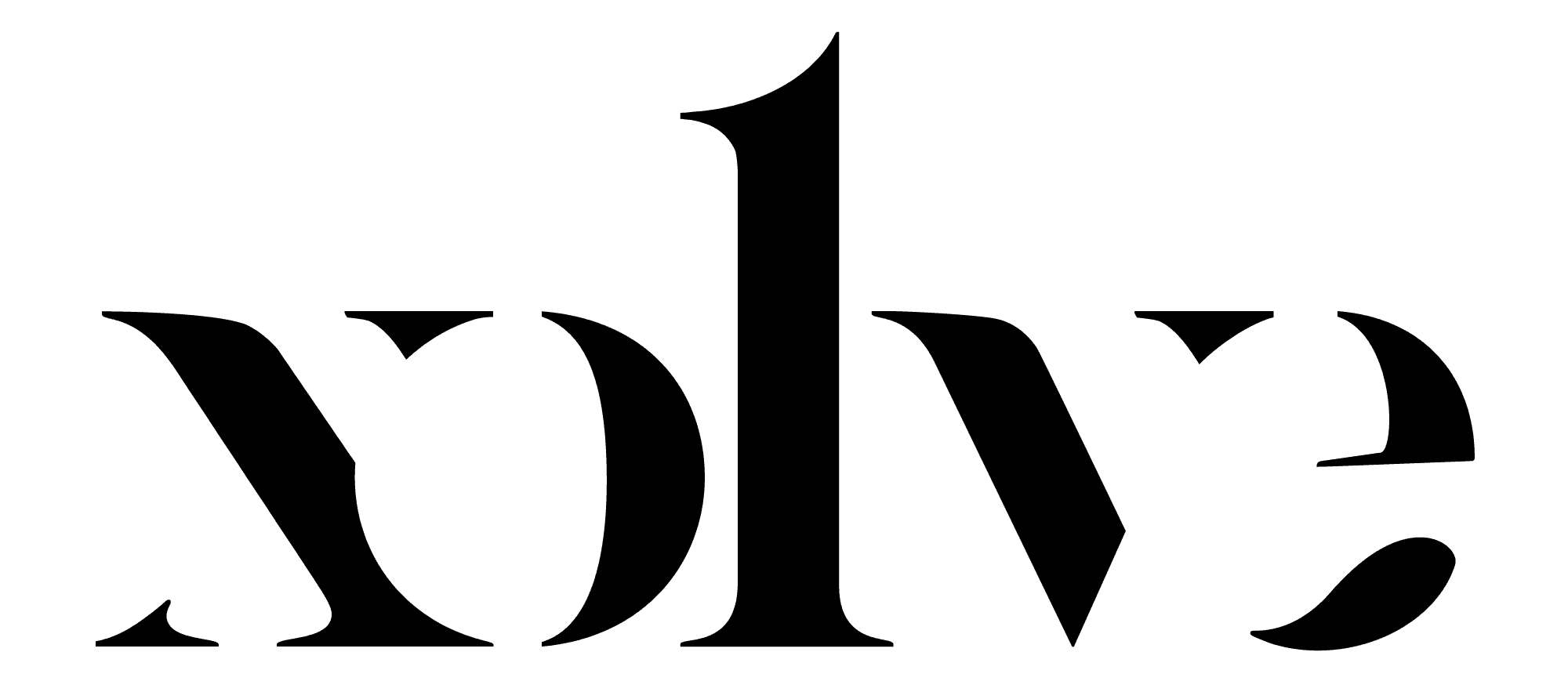Patagonia wasn’t always the poster child for environmental activism. It started as a niche outdoor gear company making durable climbing equipment. But in the 1980s, founder Yvon Chouinard witnessed firsthand the destructive impact of the industry he was part of. A crisis of conscience gave rise to a brand fueled by a greater purpose. Today, Patagonia is known worldwide for its commitment to environmental sustainability, using recycled materials, donating 1% of sales to conservation efforts, and advocating for policy change.
This shift wasn’t just good PR – it fueled massive success. Patagonia is a wildly profitable business precisely because of its unwavering purpose-driven approach. Their story highlights a seismic shift in what consumers demand from brands, and legacy companies can’t afford to ignore it.
What is Purpose-Driven Branding?
A purpose-driven brand goes beyond the bottom line. It centers on a core mission that transcends profitability, a reason for existence that seeks to make a positive difference in society, the environment, or the lives of its customers. This purpose becomes its North Star, shaping every aspect of the business, from product development to marketing campaigns.
Beyond the Bottom Line: Advantages of Purpose for Legacy Brands
Purpose-driven brands resonate deeply with today’s audiences, forging stronger connections and greater brand loyalty. For legacy companies specifically, embracing purpose offers several key benefits:
- Attracting Conscious Consumers: Millennials and Gen Z are increasingly drawn to brands that stand for something more than just products or services. A clear and authentic purpose can help secure their support.
- Building Trust: With increased skepticism towards corporations, consumers want proof that a company lives its values. Demonstrating a commitment to social or environmental causes builds trust and credibility.
- Differentiating in Crowded Markets: A compelling brand purpose helps you stand out from competitors focused solely on features and price.
- Fostering Talent Acquisition & Retention: Top talent, especially younger generations, prioritize working for companies with a clear sense of purpose. Legacy brands that embrace this attract passionate employees and reduce turnover.
- Driving Innovation: A focus on addressing meaningful problems can spark new product ideas, services, and approaches to business within a legacy company.
The Unique Opportunity for Legacy Companies
While any company can adopt a purpose-driven strategy, legacy brands possess distinct advantages:
- Foundation of Trust: Your years of experience and established reputation provide a strong platform to communicate your commitment to a greater purpose. This built-in trust is an invaluable asset as audiences have grown skeptical of sudden shifts in corporate messaging.
- Resource Leverage: Utilize your existing influence, infrastructure, and industry knowledge to make a substantial impact aligned with your purpose. Don't underestimate the power of your existing network and resources to drive meaningful change.
- Learning From the Past: Uncover inspiration in your company's history. Are there threads of social impact or innovation you can build upon? Perhaps your founders had a strong belief in fair labor practices, or past initiatives focused on community support. Reconnecting with these principles solidifies the authenticity of your purpose-driven shift.
- Legacy as Springboard: While new purpose-driven startups often garner attention, your legacy status offers a unique advantage. Showcase how your longevity demonstrates staying power and adaptability – key traits needed to successfully address the complex issues any purpose-focused mission seeks to solve.
Implementing Purpose with Authenticity
Legacy companies must be mindful of avoiding the appearance of “purpose-washing.” Here’s how to authentically embrace purpose-driven branding:
- Self-Reflection: Dig deep to uncover your company's core values and how they translate into contributing to the greater good. This introspection is crucial; don't simply pick a 'trending cause'– connect your purpose with the very essence of what your company stands for.
- Stakeholder Alignment: Engage employees, customers, and partners in defining your purpose. This ensures it's woven into the fabric of your company culture. By inviting stakeholders to shape your purpose, you foster a sense of ownership and shared responsibility that's difficult to replicate with a top-down announcement.
- Measurable Goals: Set clear and measurable targets related to your purpose to track progress and maintain accountability. Avoid vague pronouncements. Instead, state specific goals like "reduce our carbon footprint by 20% within three years" or "support 10,000 underprivileged students through our mentorship program.
- Communicate Transparently: Share your purpose journey, successes, and challenges openly with your audience. This transparency isn't about admitting weaknesses but about humanizing your mission. Acknowledge setbacks alongside wins to show your commitment is unwavering, even when difficult.
- Walk the Walk: Embed your purpose deeply into every aspect of your business, from hiring practices to supply chain decisions. Your actions must always support your words, or your mission will quickly lose credibility.
In Action: Legacy Brands Embracing Purpose
Founded in 1932, LEGO is a beloved toy company with a global presence. Initially known for their iconic interlocking bricks, LEGO faced challenges due to the rise of digital entertainment and struggled to connect with a broader audience. The company embarked on a strategic shift towards a purpose-driven model, focusing on its core mission: inspiring and developing the builders of tomorrow through creative play.
This redefined purpose fueled LEGO’s actions and communications. They invested heavily in sustainable materials, seeking to reduce their environmental footprint. The company partnered with educational initiatives, positioning LEGO as a tool for learning and development. LEGO’s marketing began celebrating creativity and problem-solving, aligning with its purpose of fostering the next generation’s innovators. Their campaigns, such as ‘Rebuild the World‘, showcased the power of imagination and how LEGO could be a tool for positive change. This purposeful reorientation revitalized the LEGO brand, attracting new audiences while staying true to its roots in playful construction.

Conclusion
Legacy brands poised to thrive in the 21st century will embrace purpose as a fundamental driver of their business. By aligning your mission with both profit and positive impact, you’ll unlock new levels of customer loyalty, employee engagement, and long-term success.

